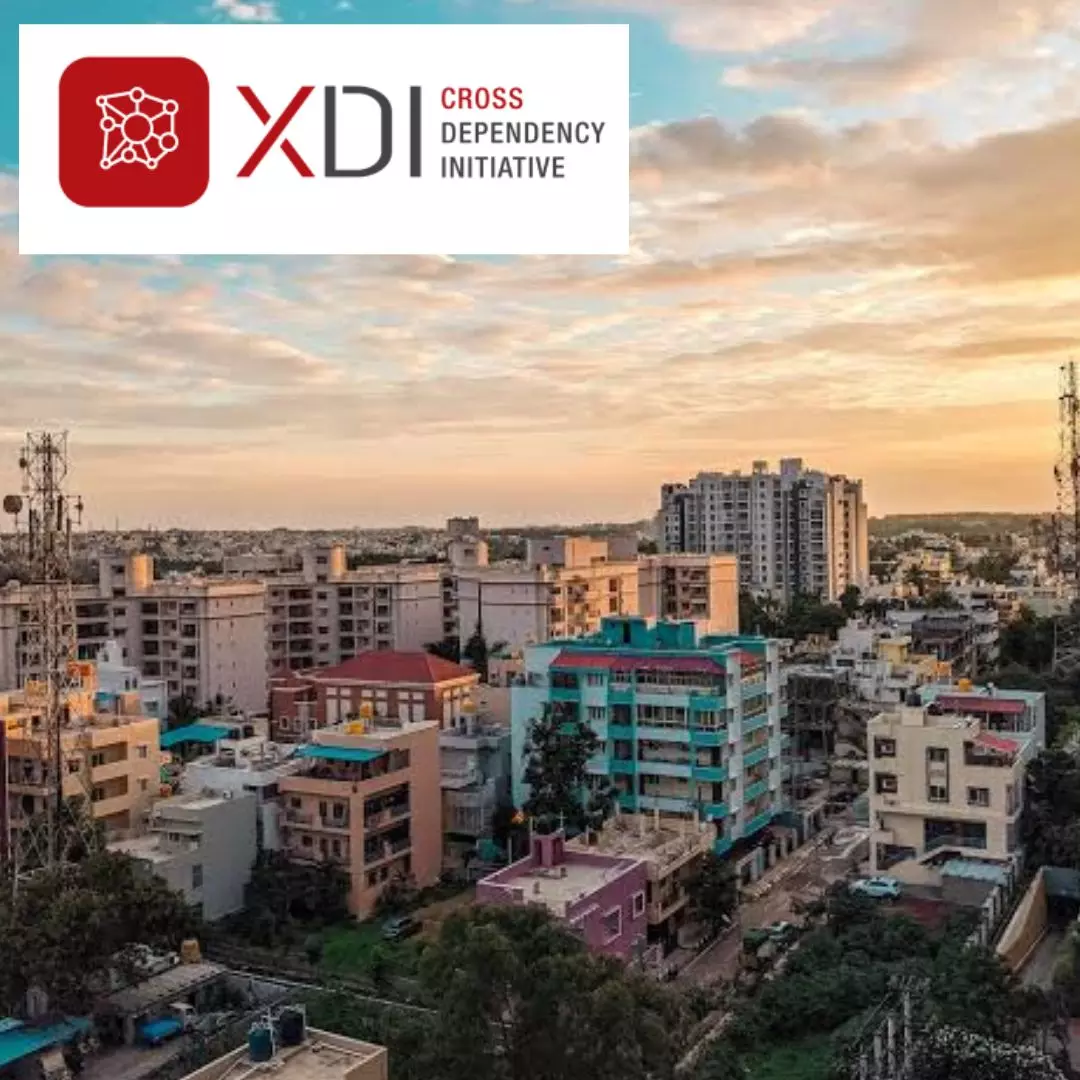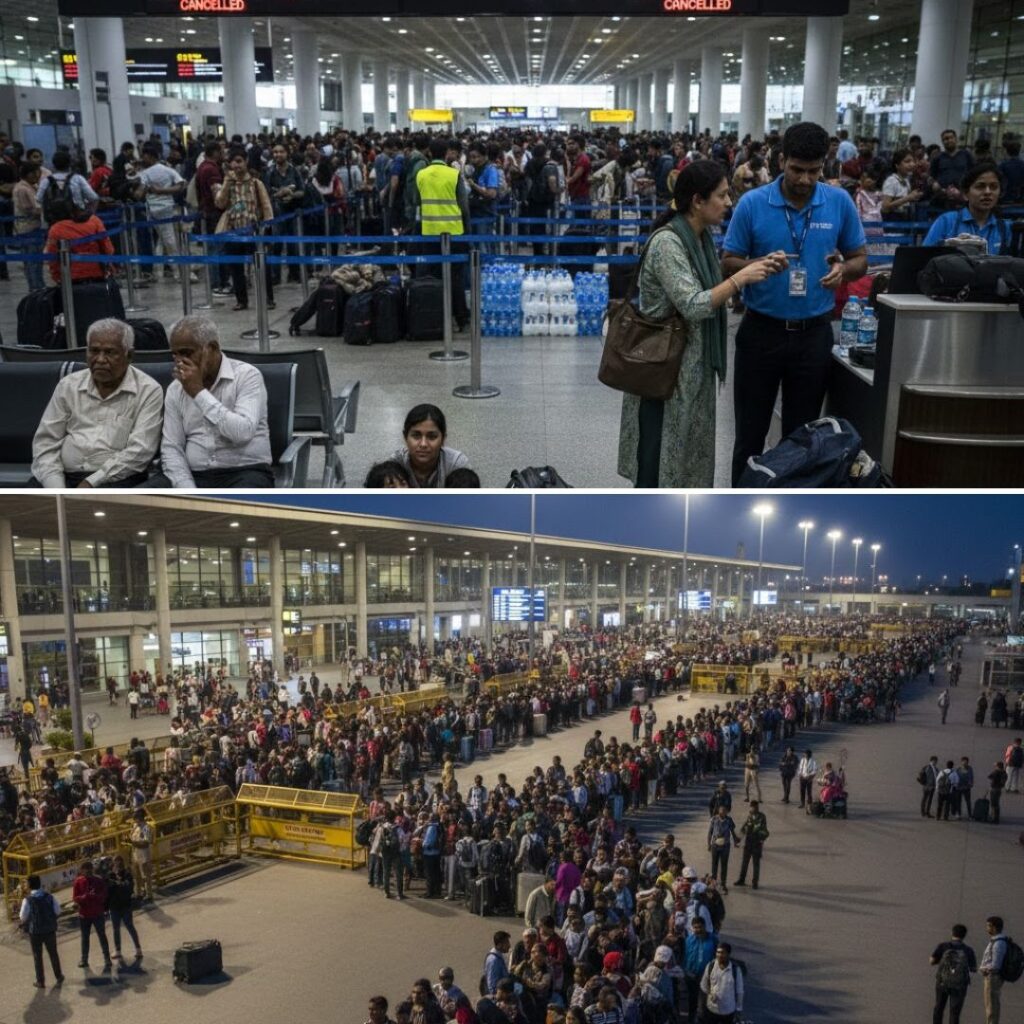Over the years, humans have built an environment over the existing structures to accommodate and support their activities. From homes, and workplaces, to parks, everything constitute the “built environment” that has interfered with the natural ecosystem to an extent.
All of this contributed to climate change and made regions more prone to climate hazards and disasters. Quantifying the impact of the built environment, the Cross Dependency Initiative (XDI), an international body committed to analysing climate change, calculated the physical climate risk to the built environment in over 2,600 states and provinces around the world.
Dealing With Intensity Of Damage
Quantifying the physical climate risk to the built environment, the Cross Dependency Initiative (XDI) analysed the environment in over 2,600 states and provinces around the world in 2050. The data set compared regions according to the modelled projections of damage caused to buildings and properties by extreme weather and climate change such as flooding, heatwave, forest fires, and sea level rise. This provides an insight into the intensity of damage each town deals with due to its built structures.
Among the regions, Asia dominates the list of provinces at risk, with more than half of the top 200 cities in 2050. About 80 per cent of the top 50 at-risk states and regions in 2050 are in China, the US, and India. The list emphasised the developmental environment in China and India and how the physical structures have witnessed the aftereffects of climate risk. In India alone, nine states, including Bihar, Uttar Pradesh, Pujab, and Maharashtra, are among the top 50 regions at risk of damage to the built environment globally.
Out of the list, Assam is expected to see the maximum increase with over 330 per cent climate risk to its built environment by 2050 as compared to 1990. XDI also noted that provinces not on the list do not fall under the “low-risk” categories. Instead, many states and provinces facing high risk from extreme weather climate change hazards do not appear on the top due to their lower number of residential, commercial, and industrial buildings.
Large-Scale Impact Of Climate Change
A report by the Financial Express stated that this is the first time there has been a physical climate risk analysis focused exclusively on the built environment. Furthermore, by comparing every state, province, and territory in the world, they provide a large-scale picture of the impact of climate change on human-made structures. At a time when factions continue to argue on the validity of climate change claims, the built structures act as physical proof of the impacts of the hazards that ensue. The report is also particularly significant for investors, as extensive built infrastructure generally demands high levels of economic activity and capital inflow.
XDI CEO Rohan Hamden stated that Asia has the most to lose in terms of the overall scale of damage risk and risk escalation. Several highly developed and globally significant Asian economic hubs, including Beijing, Taiwan, Jakarta, Hồ Chí Minh City, and Mumbai, are under the risk radar of climate hazards. On the same understanding, Asian countries would have the most to gain from preventing worsening of climate change and emphasising on climate-resilient investment.
Talking about the gains that can come by addressing climate change, Hamden stated that the study offers “breadth and depth and granularity on a scale we haven’t seen before. Now, for the first time, the finance industry can directly compare Mumbai, New York, and Berlin using a like-for-like methodology.” Apart from Asian countries, in the US also, the economically important states of California, Florida, and Texas would be most affected.
The other countries with multiple provinces and states in the top 50 include Brazil, Pakistan, and Indonesia. Pakistan has multiple areas in the top 100, with structures left behind at risk after the devastating floods between June and August 2022. It is said to have affected about 30 per cent of Pakistan’s area and left some extent of damage in more than nine lakh houses in Sindh province. In Europe, too, the major cities of London, Milan, Munich, and Venice will be placed under threat by 2050.
https://thelogicalindian.com/h-upload/2023/02/24/500x300_230025-untitled-design-4.webp
Environment
2023-02-25 04:04:40.0
Need For Resiliency! Many Indian Cities At High-Risk Of Climate Hazards To Built Environment, Know More











